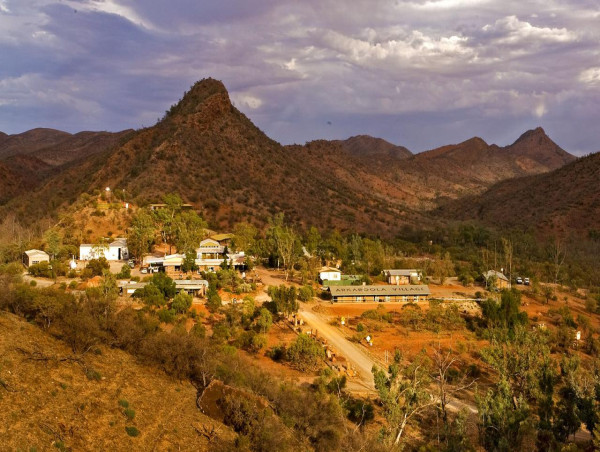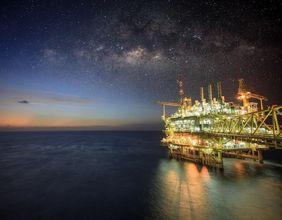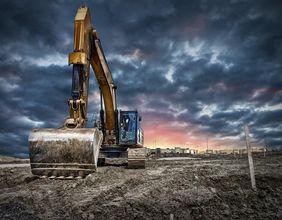A remote wilderness village will rely on a solar-powered micro-grid to drive ecotourism, research and electric cars.
The Arkaroola Wilderness Sanctuary in South Australia's Flinders Ranges showcases almost two billion years of geological history, offers dark skies for stargazing and is slated for world heritage listing.
Some 630 kilometres from Adelaide, the village is far from the national electricity grid, depends on fuel deliveries and is vulnerable to rising energy costs.
The completed project revealed on Tuesday includes rooftop solar, charging for electric vehicles and a battery energy storage system capable of controlling loads day and night.
"Being so remote, we have to generate our own electricity, and we've been doing that based on diesel fuel," sanctuary owner Doug Sprigg said.
But Arkaroola is about conservation and popular with birdwatchers and bushwalkers as well as thrillseekers, geologists, astronomers and artists.
"We really should be trying harder to move away from diesel, and that's what we're doing," he said.
The newly commissioned Arkaroola micro-grid will also add to the sanctuary's education program with a display kiosk to teach visitors about remote energy technology and engineering.
Energy management systems are readily available for on-grid sites, but adapting that technology for off-grid sites is what makes the project unique.
Adelaide-based off-grid specialist Apex Energy led the project, partnering with energy groups including the Citizens Own Renewable Energy Network Australia.
"What makes it special is that we're also integrating a smart energy system," Apex Energy executive Sean LePoidevin told AAP.
He said understanding where energy is used means a site can start to make decisions about where it can be saved.
"It's monitoring all the loads across the property, understanding where energy is being used in the 12 different buildings - accommodation, staff quarters, water pumping, restaurant, bar, workshop," he said.
Previously, diesel generators were running 24 hours a day.
The smart renewable energy system can use excess solar during the day, when batteries are full, to power other usually costly loads and distribute power to where it is most needed.
For example, if other important loads get switched on when an electric car is charging at full tilt, the smart system will reduce the available power to its charger.
Using energy differently and more efficiently was also an important part of the brief that secured a $1.3 million federal grant from the Regional and Remote Communities Reliability Fund.
Most of the buildings were built in the 1970s with insulation that has since degraded, or was never installed, which meant heat was lost particularly during winter.
That's been rectified and the newly insulated buildings will reduce overall power needs.
"Arkaroola is in a desert-like environment, but uses most of its energy in winter," Mr LePoidevin said.
"Winter is where we want to save the most energy, when we have the least amount of solar available."
Trials have also included switching out gas-fired hot water and space heating to become 100 per cent electric.






